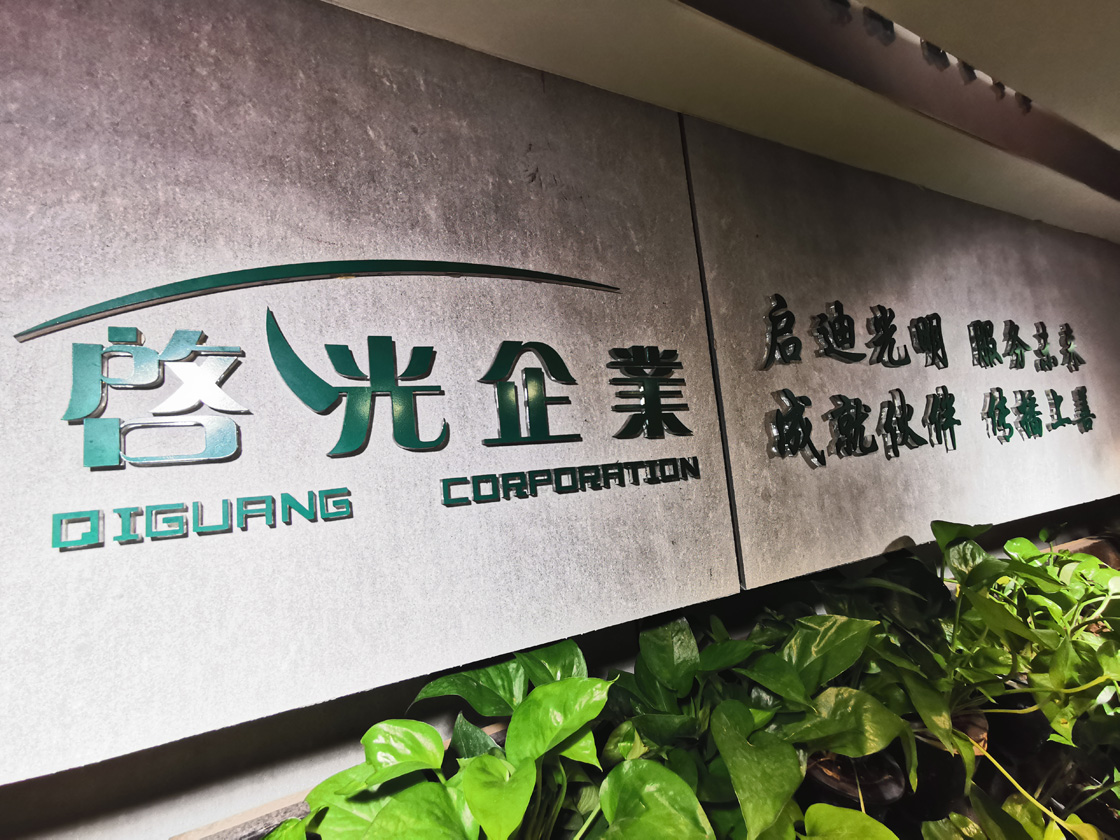Polyurethane soft foamAccidents and problems encountered in actual foaming production are diverse, and each production accident is caused by multiple factors. In the analysis of accidents caused by complex factors, it is generally difficult to list all influencing factors and the main factors that really play a role. Here is a summary of 15 frequently encountered problems and their causes. Let’s take a look together!

Frequently asked questions and solutions for polyurethane soft foam
1. High closed cell ratio
a. Polyether polyols: High ethylene oxide ratio and high activity, which often occur when replacing polyether polyols with different activities.
b. Process formula: The amount of stannous octoate is large, the isocyanate activity is high, the cross-linking degree is large, and the cross-linking speed is fast. Excessive amines and physical foaming agents cause low internal pressure of the foam, and the foam cannot open holes when the foam elasticity is large. When the TDI index is too large, it will also lead to a high obturator rate.
2. Shrinkage (gel speed is greater than foaming speed)
a. The closed cell ratio is high and shrinks when cooled.
b. Process conditions: low temperature and low material temperature.
c. Process formula: excessive silicone oil, excessive physical foaming agent, and TDI index is too low.

3. Internal fissure
a. Process conditions: low temperature and high reaction center temperature.
b. Process formula: low TDI index, more tin, and high early foaming strength.
c. Silicone oil has high activity and low dosage.
4. Capping (unbalanced speed of air-generating gel)
a. Process conditions: low temperature and low material temperature.
b. Process formula: The amount of catalyst is insufficient, the amount of amine is small, and the quality of silicone oil is poor.
5. Cracked bottom corners (too much amine is used and the foaming speed is too fast)
a. Large pores on the surface: the physical foaming dose is too large, and the quality of silicone oil and catalyst is poor.
6. Foam has poor low-temperature performance
a. Polyether polyols have poor intrinsic quality. With the same hydroxyl value, low functionality, high degree of unsaturation, and the same amount of tin, the TDI index is low.
7. Poor ventilation
a. Climatic conditions: low temperature.
b. Raw materials: high polyether polyol and high activity of silicone oil.
c. Process formula: When there is more tin or the same amount of tin, the water and amine content are less, and the TDI index is high.

8. Poor resilience
a. Raw materials: Polyether polyol has high activity, small relative molecular weight, and silicone oil has high activity.
b. Process formula: A large amount of silicone oil and a large amount of tin. When the same amount of tin is used, there is more water and a high TDI index.
9. Poor tensile strength
a. Raw materials: There are too many low molecular weight polyether polyols and low functionality with the same hydroxyl value.
b. Process formula: The gel reaction is not good with less tin. When the same amount of tin is used, the TDI index is high and the cross-linking degree is low with less water.
10. Smoke when foaming
a. Excessive amine causes the reaction between water and TDI to release a large amount of heat, and low boiling point substances evaporate and smoke.
b. If there is no focus, the flue gas is mostly composed of TDI, low boiling point substances and monomer cycloalkanes in polyether polyols.
11. Foam with white tendons
The reaction speed of foaming and gelling is fast, and the transfer speed is slow in continuous foaming. A dense layer is formed by local extrusion, resulting in��White vein phenomenon. The transfer speed should be increased in time, or the material temperature should be lowered, and the catalyst dosage should be reduced.
12. Crispy foam
There is too much water in the formula, which produces a lot of biuret that is not dissolved in silicone oil. The tin catalyst is poor, the cross-linking reaction is insufficient, the content of small relative molecular weight polyether polyols is high, the reaction temperature is too high, and the ether bond breaks are reduced. the foam strength.
13. Foam density is lower than the set value
The foaming index is too large due to inaccurate measurement, high temperature and low air pressure.
14. Foam has bottom skin, edge skin, and bottom cavitation
There is less tin polyamine, the foaming speed is slow, the gel speed is fast, and the temperature is too low during continuous foaming.
15. Large elongation
a. Raw materials: Polyether polyols have high activity and low functionality.
b. Process formula: low TDI index, insufficient cross-linking, too much tin, and too much silicone oil.